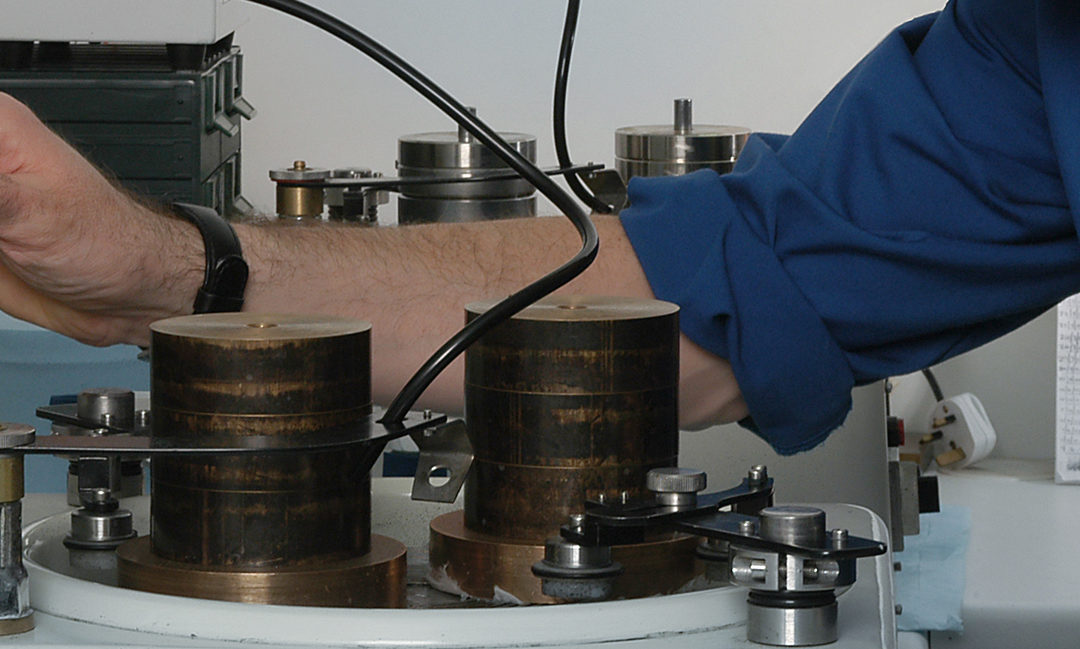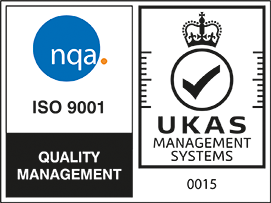In the realm of precision manufacturing, where tolerances are measured in microns and the slightest imperfection can spell disaster, precision lapping stands as a pinnacle of accuracy and finesse. From aerospace components to medical devices, the applications of precision lapping are vast and indispensable. In this blog, we delve into the intricate world of precision lapping, exploring its techniques, applications, and significance in modern manufacturing.
Understanding Precision Lapping
At its core, precision lapping is a process of material removal that produces exceptionally flat and smooth surfaces with extremely tight tolerances. Unlike traditional machining methods that involve cutting or grinding, lapping utilizes abrasive slurries or compounds to gradually wear away material from the workpiece surface. This process is typically carried out on flat or spherical surfaces, ensuring optimal conformity and contact.
The Process Unveiled
Precision lapping involves several key components and steps:
- Workpiece Preparation: Before lapping begins, the workpiece must undergo meticulous preparation. This may involve initial machining to achieve near-net shape, followed by cleaning to remove any contaminants or surface irregularities.
- Lapping Machine Setup: The workpiece is mounted on a precision fixture within the lapping machine. This fixture facilitates controlled movement and pressure during the lapping process. The machine itself consists of a rotating lap plate and a conditioning ring, both of which play crucial roles in material removal and surface finishing.
- Abrasive Selection: The choice of abrasive material and particle size is critical in achieving the desired surface finish and dimensional accuracy. Common abrasives used in precision lapping include diamond, silicon carbide, and aluminium oxide, each offering unique properties suited to specific applications.
- Lapping Motion: The lap plate rotates while the workpiece undergoes reciprocating or oscillating motion. This dynamic movement ensures uniform material removal across the entire surface, mitigating the risk of localized defects or unevenness.
- Process Monitoring: Throughout the lapping operation, parameters such as pressure, speed, and slurry composition are closely monitored and adjusted to maintain consistency and precision.
- Post-Lapping Inspection: Once lapping is complete, the workpiece undergoes rigorous inspection using advanced metrology techniques such as interferometry or profilometry. This ensures adherence to specified tolerances and surface finish requirements.
Applications Across Industries
The versatility of precision lapping lends itself to a myriad of applications across diverse industries:
• Aerospace: Critical components such as turbine blades, bearings, and optical mirrors require ultra-smooth surfaces and precise geometries to ensure optimal performance and longevity.
• Automotive: Precision lapping is integral to the production of engine components, fuel injectors, and transmission parts, where tight tolerances and superior surface quality are paramount.
• Medical Devices: Implantable devices, surgical instruments, and diagnostic equipment rely on precision lapping for biocompatibility, cleanliness, and dimensional accuracy, safeguarding patient safety and well-being.
• Electronics: Semiconductor wafers, optical fibres, and precision connectors benefit from lapping’s ability to achieve sub-micron flatness and surface finish, enabling seamless integration and reliable performance in electronic devices.
Advantages and Challenges
Precision lapping offers numerous advantages over conventional machining methods, including:
- Exceptional Accuracy: Achieves surface flatness and parallelism within microns, surpassing the capabilities of most machining processes.
- Superior Surface Finish: Produces mirror-like surfaces with Ra values in the sub-nanometer range, ideal for applications requiring low friction and optimal contact.
- Uniform Material Removal: Ensures consistency and repeatability across multiple workpieces, minimizing scrap and rework.
However, precision lapping also presents certain challenges, such as:
- Cost and Time: The equipment and expertise required for precision lapping can be costly to acquire and maintain, while the process itself may be time-consuming, especially for complex geometries or large-scale production runs.
- Material Compatibility: Certain materials may pose challenges in terms of hardness, brittleness, or chemical reactivity, necessitating careful selection of abrasives and process parameters.
- Environmental Considerations: The disposal of abrasive slurries and waste materials generated during lapping must adhere to stringent environmental regulations, adding complexity to the manufacturing process.
Future Outlook
As industries continue to demand ever-higher levels of precision and performance, the role of precision lapping in manufacturing will only grow in significance. Advancements in abrasive technology, machine automation, and process control will further enhance the capabilities and efficiency of precision lapping, unlocking new possibilities in fields ranging from aerospace and automotive to electronics and medical devices.
In conclusion, precision lapping represents a fusion of art and science, where meticulous craftsmanship meets cutting-edge technology to achieve perfection. Its ability to deliver unmatched precision, surface quality, and dimensional accuracy underscores its indispensable role in modern manufacturing, driving innovation and excellence across industries.


